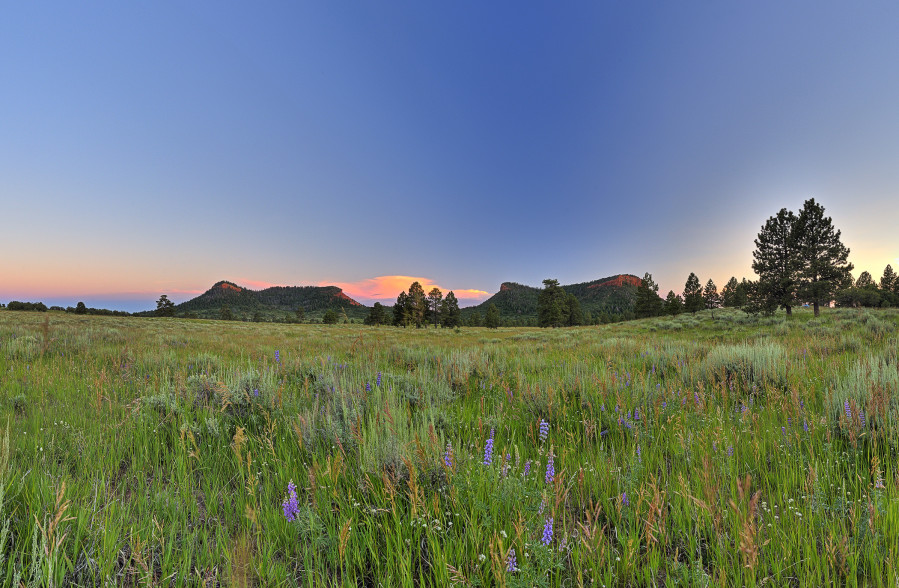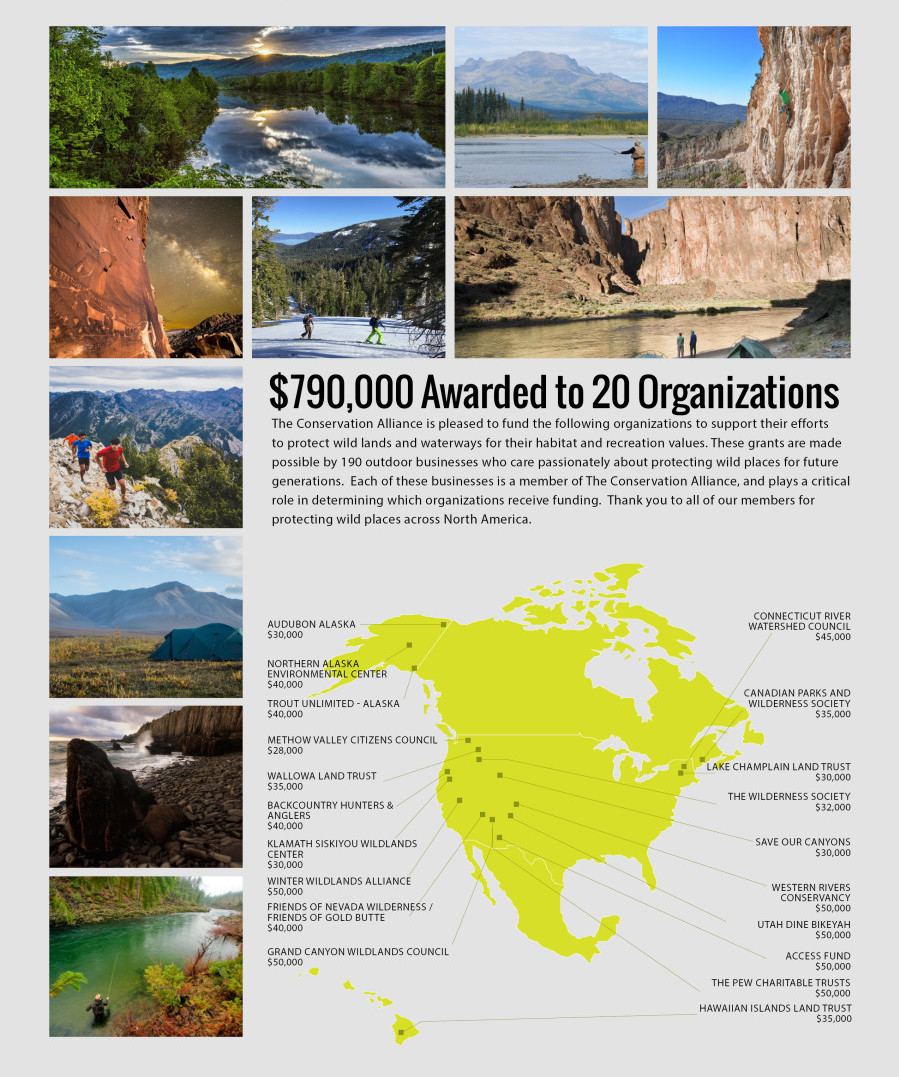
By Tim Peterson, Utah Wildlands Program Director, Grand Canyon Trust
If you’re looking to hike, bike, raft, boat, or climb, there’s no better place than Utah. You may be familiar with Arches, Canyonlands, and Capitol Reef, but around and between Utah’s iconic National Parks are millions of acres of wilderness-quality lands – mountains and badlands, cliffs and canyons, rivers and streams, sandstone towers and wild mesas.
Unfortunately, the majority of Utah’s iconic landscape is still open to fossil fuel and mineral development. These extractive industries always boom and bust, inflicting lasting scars on the landscape, leaving taxpayers to clean up the mess when the money dries up. Many in Utah are now looking to recreation for a more sustainable future. After all, the recreation economy brings Utah $12 billion annually in spending and more than 122,000 jobs.
It seemed, for a time, that even Utah’s pro-fossil fuels politicians were concerned about protecting the recreation economy. The 2013 Utah Public Lands Initiative (PLI), spearheaded by Representative Rob Bishop (R, UT), offered hope. Bishop claimed the PLI sought “to build consensus” over which areas in seven eastern Utah counties should be preserved and which should be developed.
We at the Grand Canyon Trust, along with our partners in the conservation and recreation communities, were inspired by the promise of the PLI. We worked hard, making solid progress early on, even reaching negotiated agreements in two counties that struck a delicate balance that ensured conservation came out ahead. But things began to sour in 2015. One county broke from our negotiated agreement and another excluded everyone living outside the county when crafting their proposal. Discussions elsewhere deteriorated over too little wilderness and too much fossil fuel development. Despite our best efforts at compromise, by mid-2015 it become clear that “consensus” was no longer Representative Bishop’s goal.
In January 2016, Bishop released a draft of his PLI, and it’s a big step backwards for conservation in Utah. The bill would actually weaken existing on-the-ground protections for Utah’s best wilderness-quality lands. Representative Bishop, long known as a friend to industry, is using the PLI as a vehicle to float all kinds of new legislative language – from weakening the Wilderness Act of 1964 to transferring tens of thousands of acres and more than nine thousand public roads over to state ownership – just to name three of the bill’s many poison pills.
Though consensus compromise has failed in the PLI, there is a bright ray of hope on the horizon. A historic coalition of five sovereign Native American Tribal Governments (Navajo, Hopi, Uintah and Ouray Ute, Ute Mountain Ute, and Zuni) has come together to propose a new national monument for 1.9 million acres of public lands around a place called Bears Ears in southeastern Utah. Bears Ears is not only beautiful, with outstanding hiking, climbing, biking, boating, and camping opportunities, it is a vibrant cultural landscape full of ancient villages, cliff dwellings, and rock art that continues to be vital to tribal communities across the Colorado Plateau as a place of subsistence, spirituality, healing, and contemplation.
The Bears Ears Inter-Tribal Coalition’s landmark proposal calls upon the president to use the Antiquities Act of 1906 to create a new national monument for Bears Ears. The Antiquities Act was created to protect archaeologically and culturally significant resources, but for the first time tribes are petitioning the president for a national monument that calls for joint management between the tribes and the federal government.
The Bears Ears Inter-Tribal Coalition’s inspiring campaign has healing at its core – for the land and for all people – and the Obama administration is taking notice. At the 2015 Native Nations Conference in December, President Obama promised: “we will review tribal proposals to permanently protect sacred lands for future generations.”
Bears Ears represents the best shot at permanent protection in Utah in nearly two decades. We at the Grand Canyon Trust support the efforts of the Bears Ears Inter-Tribal Coalition. We’re very excited about Bear Ears and we hope you are too! You can help make sure 2016 is the “Year of Bears Ears” by signing the petition to President Obama in support of the tribes to permanently protect Bears Ears as a national monument. You can learn more about the effort at http://www.protectbearsears.org/.
__
Video: Hear more about Bears Ears from Ute Mountain Ute Councilwoman Regina Lopez-Whiteskunk


